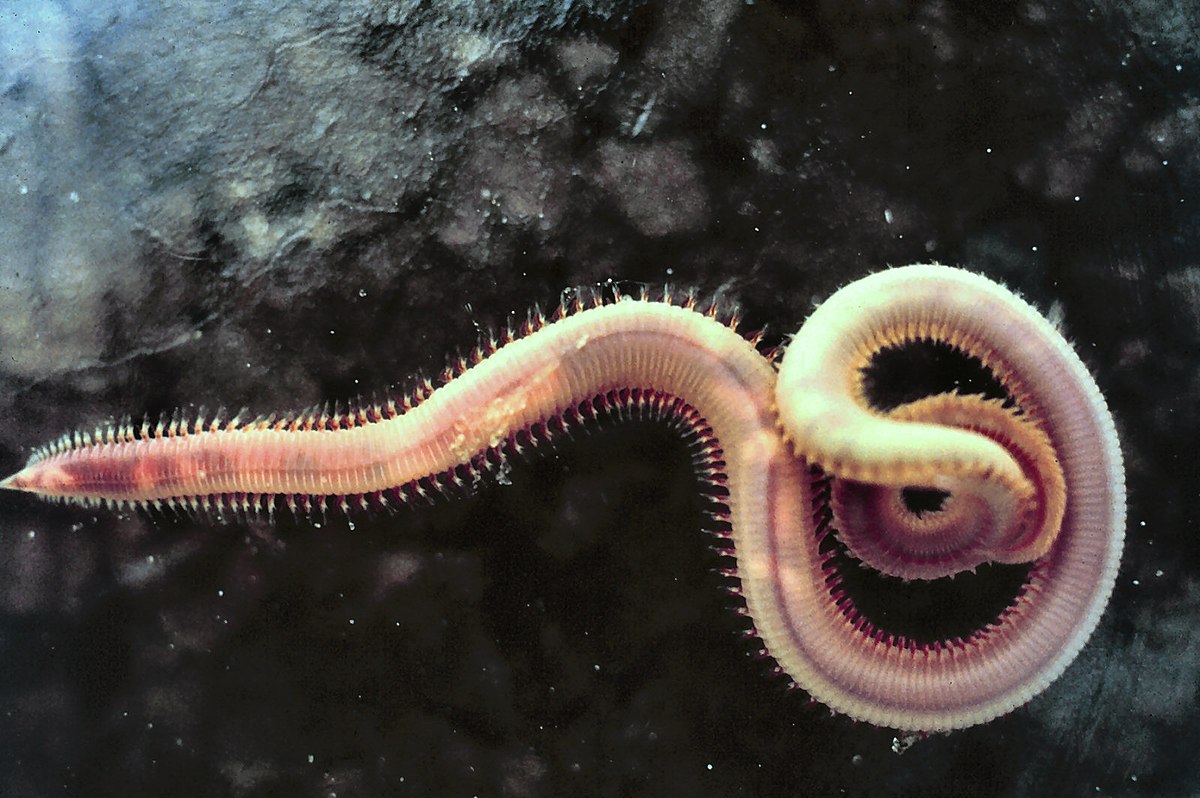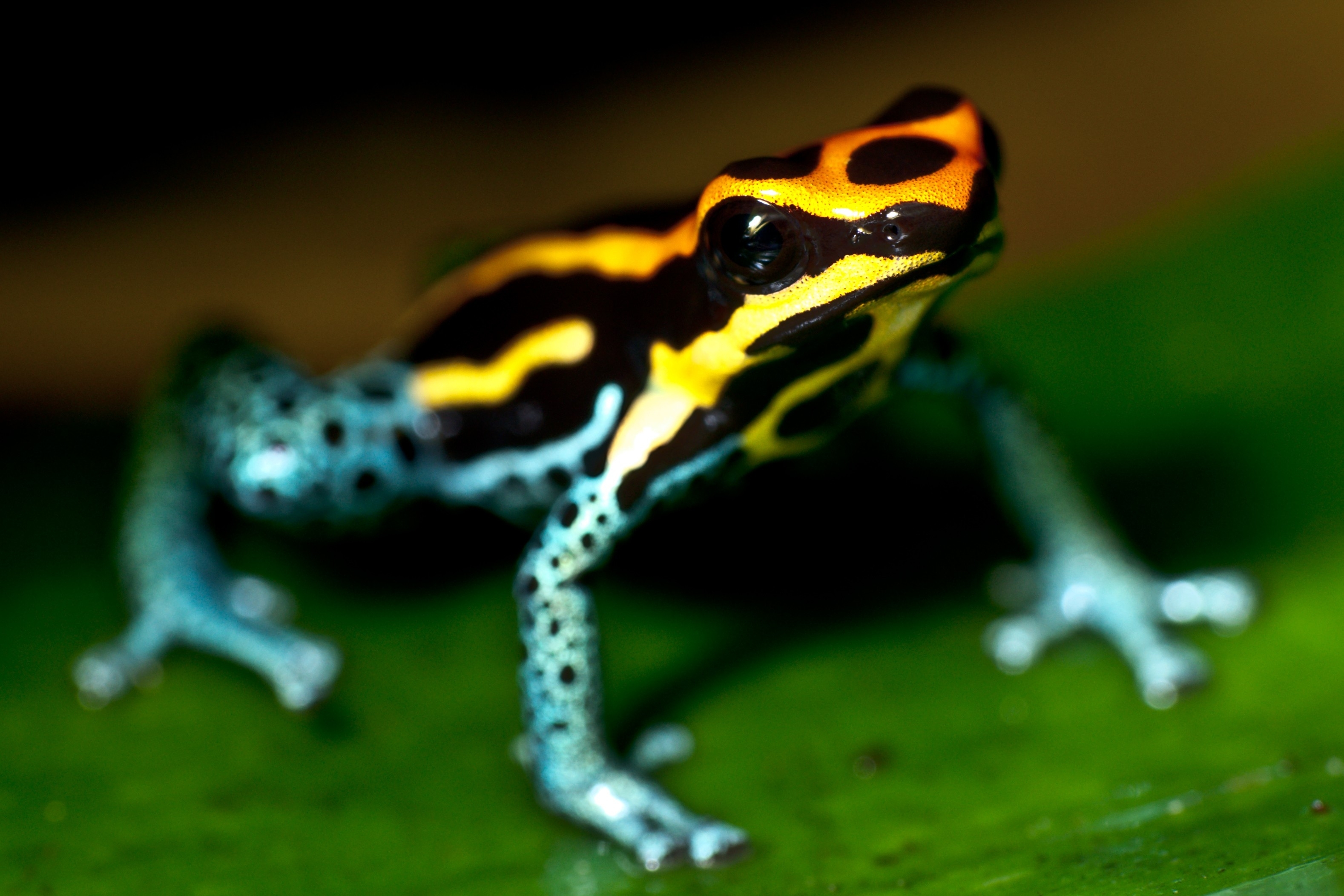In my eyes, bluntly put, earth is made up of two separate ‘sub-planets’: land and sea. Marine and terrestrial biodiversity are two bewilderingly different worlds, both telling a whole other story about the composition and development of life on our planet.
 Of course the division ‘land’ and ‘sea’ in no way respects the beautiful complexity of ecosystems our planet is made up of.
Of course the division ‘land’ and ‘sea’ in no way respects the beautiful complexity of ecosystems our planet is made up of.
Which one is the richest?
There appears to be a general consensus that terrestrial biodiversity is richer in species’ numbers than its’ marine counterpart. Some say terrestrial biodiversity is 25 times larger than its’ marine counterpart, while others consider them to be about equal. Yet there are still scientists who support the claim that marine biodiversity boasts a larger number of species than terrestrial biodiversity.
The most recent numbers
A recently discovered measurement method put the total number of species on earth on 8,7 million, of which about 2,1 million live in it’s oceans. This means terrestrial biodiversity is about three times as large as marine biodiversity, whilst occupying a mere three percent of the earth’s inhabitable space.
Why terrestrials win
What causes this greater concentration of life forms in terrestrial habitats? Some factors may be:
- The presence of complex vegetation structures on land – allowing for complex physical structure. For the most part this is absent from marine environments – besides kelp beds, wetlands and reefs.

- There are more geographical barriers in the terresrial biosphere. Mountain ranges on land can cause species to become isolated and evolve into different species. The ocean, however, provides a circulating medium ideal for the dispersal of spores and larvae – allowing species to distribute more broadly than on land.

- Terrestrial species are – obviously – more visible to human eyes. This causes them to be discovered more easily – and will undoubtedly bias the ratio somewhat.
 “Everything goes according to plan, we’re biasing the ratio again…”
“Everything goes according to plan, we’re biasing the ratio again…”
Why the marines win
Despite lagging behind in species richness, marine habitats make up for this loss in sheer volume and taxonomic diversity of animal species, on a fundamental level.
Masses of life
By volume, the oceans make up 97% of the earth’s inhabitable space. The sheer quantity of marine life it contains, far exceeds that which inhabits the land. The oceans are home to approximately 90% of the earth’s biomass. This life, however, is not evenly spread. The composition of marine life is decided by two domineering factors: the ocean currents carrying fundamental nutrients and the different power levels of the sun at different places in the sea.
Sea: less species, yet more diverse?
The number of species alone does not tell the entire story of the biodiversity of the oceans. First off, the animal kingdom is divided into 34 phyla – a taxonomic category between kingdom and class. ‘Phyla’ (singular: phylum) are broad categories; humans are, along with amphibians, birds and hagfish, part of the phylum ‘Chordata’, or chordates. Other examples of phyla are Annelid worms, Roundworms and Arthropods (insects & spiders for example). 12 of these phyla are found on land, 33 are found in the oceans. Only one phylum is exclusively terrestrial, whereas 21 phyla are exclusively marine. This means oceanic species are more diverse in basic body plans.


Animals are divided amongst phyla according to their basic body plan,
examples: Annelid worm (R) and a poison frog (L).
Land: more species, yet less diverse?

“Just hanging out with some of my diverse fellow land dwellers”
Knowing marine biodiversity appears to be more diverse on a basal taxonomic level, let’s look at the composition of these phyla. About 90 percent of species on land belong to one phylum – Arthropoda, most of which are insects, skewing the global species richness in favour of terrestrial animals. In marine environments, species are more evenly spread amongst the different phyla. Looking at phyla by themselves – we can see that Arthropods are largely concentrated on land. Some other phyla are spread more evenly between earth’s two main zones. Chordates – to which we belong – and mollusk species are divided about equally between land and sea.
Two worlds, one family
 “Trust your heaart, let fate de-..” they got it, Dory, thank you.
“Trust your heaart, let fate de-..” they got it, Dory, thank you.
Life on earth started in the oceans approximately 3,7 billion years ago – meaning it has had the time to take on various shapes and sizes – possible in ways unthinkable of on land. Both on a ‘macro-level’ – in comparing taxonomic diversity and on a ‘micro-level’, i.e. comparing species’ numbers – we cannot draw conclusions too fast about which sub-planet is the most diverse. Perhaps we could say that they both are ‘composed differently’, and rich in their own unique way.
The long road ahead

I like to see every animal species’ world as a world parallel to ours. 86 percent of species on land an 91 percent of species in the oceans are yet to be named. Take into consideration that most marine species appear to be benthic (occurring on the sea floor) – of which only one percent has been discovered, so clearly there are still many lost worlds to discover!
Sources:
- http://ec.europa.eu/environment/nature/biodiversity/policy/pdf/communication_2010
_0004.pdf - BBC – Blue Planet – Episode 1
- http://www.sciencedirect.com/science/article/pii/S0960982212011529
- GENERAL ASPECTS CONCERNING MARINE AND TERRESTRIAL BIODIVERSITY – Damià Jaume and Carlos M. Duarte
